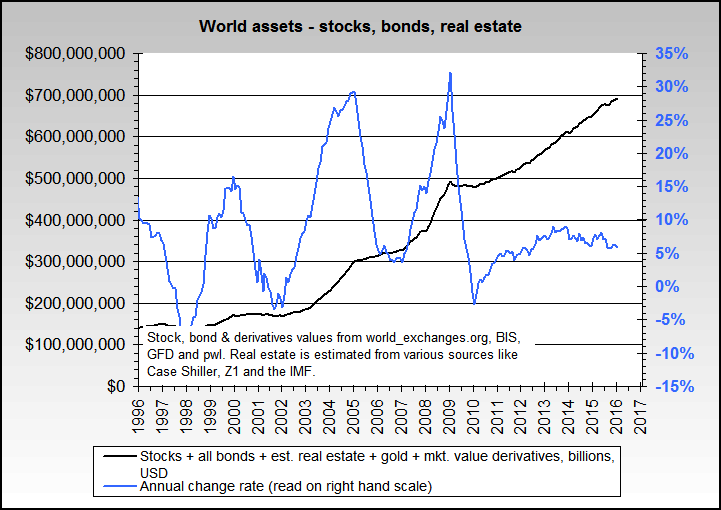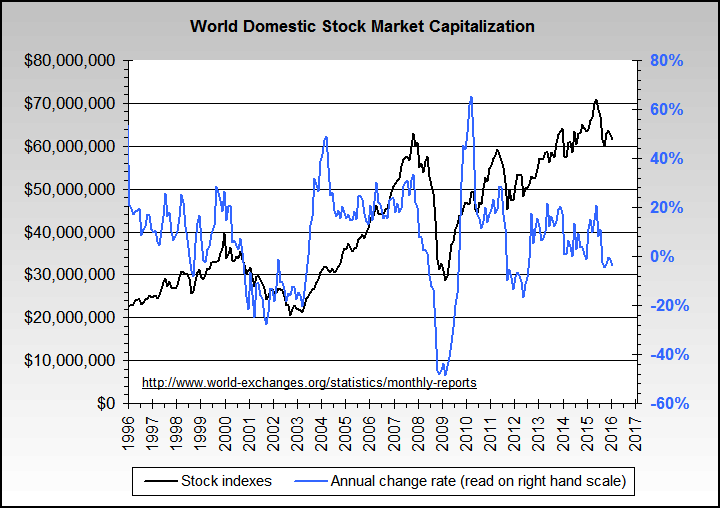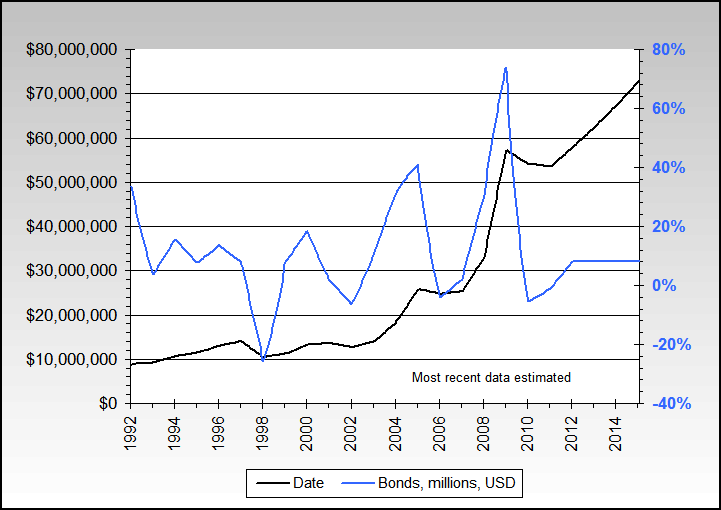Re: August 2009 FIRE Economy Depression update – Part I: Snowball in Summer - Eric Janszen
Funny one. 
Personally - I tell everybody to call it devaluation, eh. Afterall, that's what it really is. :rolleyes: xxFLATION is a ruse.
Originally posted by GRG55
View Post

Personally - I tell everybody to call it devaluation, eh. Afterall, that's what it really is. :rolleyes: xxFLATION is a ruse.



Comment